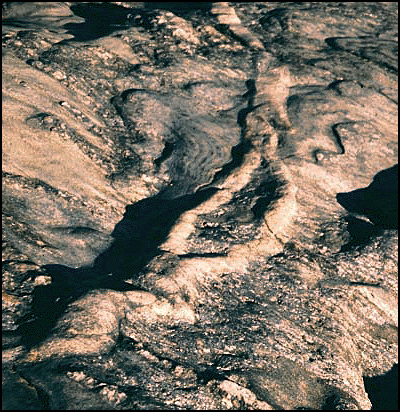THE PREDICTION: Some or all of the areas that have higher elevations should be found to be underlain by more resistant material than adjacent areas with lower elevations.
ASSEMBLING THE DATA: The following data are needed:
- Elevation:
- The locations and elevations of high and low areas. This type of data may be conveniently found on a spot elevation map or a contour map. You have already determined elevations in your study of maps. Consult:
- The map of the topography of Manhattan, the Bronx and adjacent New Jersey, on which you indicated the elevation of the land surface at each measuring station (printout # G-3).
- The map of the topography of Brooklyn and Queens, on which you have indicated the elevation of the land surface at each measuring station (printout # G-4).
- The map of the topography of Manhattan, the Bronx and adjacent New Jersey, on which you indicated the elevation of the land surface at each measuring station (printout # G-3).
- The locations and elevations of high and low areas. This type of data may be conveniently found on a spot elevation map or a contour map. You have already determined elevations in your study of maps. Consult:
- Materials - Distribution:
- The location of the different materials that underlie the surface of the NYC region. This information may be conveniently found on geologic maps. You have already constructed or evaluated geologic maps of the NYC region. Consult:
- Materials - Description and Physical Characteristics:
- Compositions of and relationships between the grains of each of the materials that underlie the surface of the NYC region. Such information will be required to determine the factors that control resistance to erosion and to estimate their effect on each of the materials. You have not yet acquired this data. To do so:
1. Click on the blue button to go to the Geologic Materials Table. 
2. Click on the blue button to go to Quantitative Mineralogy of Geologic Materials Lab. 
Once this data is assembled, it may be played with to determine:
- the resistance of each of the materials to erosion
- the relationship (if any) between the resistance of material and elevation
- Compositions of and relationships between the grains of each of the materials that underlie the surface of the NYC region. Such information will be required to determine the factors that control resistance to erosion and to estimate their effect on each of the materials. You have not yet acquired this data. To do so:
